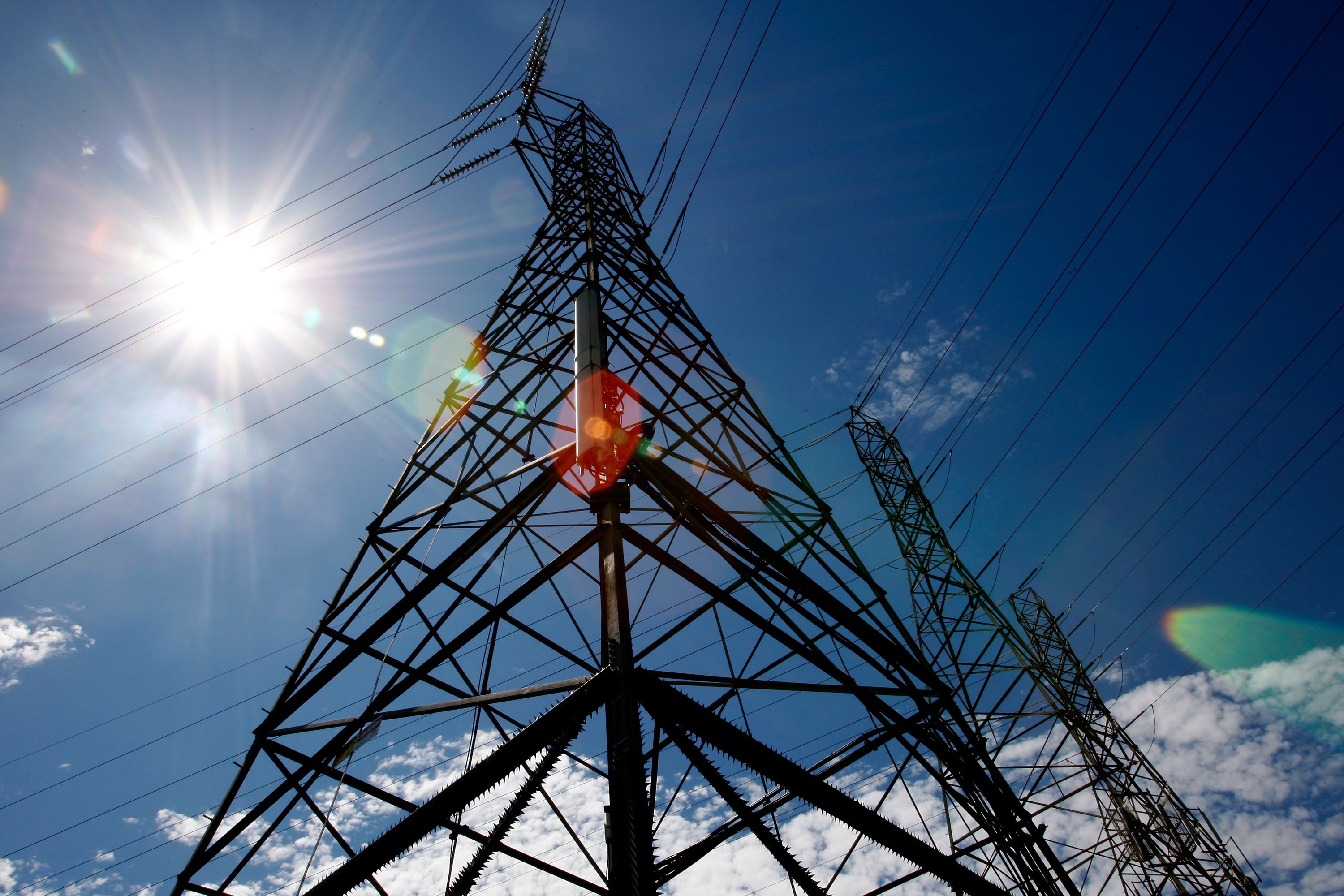According to local news outlet, prices for electricity fees are expected to hike between 17 to 30 percent starting July 1.
The change, in line with the government’s plan to gradually removing power subsidies, will manifest in the August electricity bills as per Electricity Minister Mohamed Shaker.
Moreover, the government has decided to gradually remove power subsidies over three years rather than solely in the fiscal year 2018-2019 as to not overburden a population reeling economically from the COVID-19 pandemic.
The price hike, similar to one implemented in 2018, is a consequence of subsidy cuts, tied to the country’s $12 billion IMF loan programme.
According to Al Ahram, the subsidy lifting delay will cost the government EGP 26.7 billion (approximately $1.64 billion). Indeed, household consumption accounts for over 41 percent of total power use while industrial consumption accounts for approximately a third of the country’s power use.
Similar to the previous electricity tariffs, the price hike is categorized into sectors depending on consumption. The new electricity prices for the fiscal year are as follows:
1- The first sector, which consumes from 0 to 50 kiloWatt-hour (kWh), is charged 38 piastres instead of 30 piastres (per one kWh).
2- The second sector, which consumes from 51 to 100 kWh, is charged 48 piasters instead of 40 piasters.
3- The third sector, which consumes from 0 to 200 kWh, is charged 65 piasters instead of 50 piasters.
4- The fourth sector, which consumes from 201 to 350 kWh, is charged 96 piasters instead of 82 piasters.
5- The fifth sector, which consumes from 351 to 650 kWh, is charged 118 piasters instead of 100 piasters.
6- The sixth sector, which consumes from 651 to 1000 kWh, is fixed at 140 piasters.
7- The seventh sector, which consumes from 1000 kiloWatt-hour onwards don’t receive any subsidy, and is charged 145 piasters.
The new tariffs coincide with summer in Egypt, where the climate is notoriously warm and households see an increase of power use namely through air conditioner usage. Indeed, if an average AC uses 6 kWh per a 6-hour day use, then the AC alone would generate a fee of almost 1,500 EGP per month (based on 1,080 kWh).
During the past years, the Egyptian state has been working towards gradually lifting energy subsidies with the aim of trimming its budget deficit. This involved floating its legal tender in November 2016 before it embarked on a bold economic reform program in securing a $12 billion loan from the IMF.
The question of energy subsidies continues to be an issue of contention in Egypt, with millions depending on low-cost energy products while the state in turn loses millions per year by selling fuel at below market prices. Although business figures have praised austerity measures, Egypt’s poor and middle-class citizens generally struggle to adapt to the new prices.
Cutting subsidies comes with the risk of sparking renewed social unrest from Egypt’s poor, whose socioeconomic condition has continued to dwindle in the years following the January 2011 uprising. When president Abdel Fattah al-Sisi slashed energy subsidies overnight in 2014, leading to hiked fuel prices, transport workers as well as regular consumers were angered.
Prior to the flotation measure, which was a key demand from the IMF, there had been a wide gap between the value of US dollars in banks and in the parallel market. Following the flotation, the lender agreed to loan Egypt USD 12 billion in an attempt to restore its economy.
At the end of August 2018, Egyptian authorities announced that the country would start the repayment of the International Monetary Fund (IMF) loan in May 2021, starting with a USD 2.75 billion tranche.
This was expected to be followed by equal installments that would end by 2026.
However, Egypt reached a staff-level agreement with the International Monetary Fund (IMF) on earlier this week, securing a $5.2 billion standby loan, Al Ahram reports.
According to Bloomberg, the loan is valid for one year and is aimed at covering Egypt’s “funding gap” and is reportedly aimed at easing the economic recession brought about by the COVID-19 pandemic.
The loan and the economic policies it is conditional upon will support “the authorities’ efforts to maintain macroeconomic stability amid the COVID-19 shock while continuing to advance key structural reforms,” Uma Ramakrishnan, the head of the IMF’s mission to Egypt, said in a statement.






Comments (6)
[…] and leading to a rise in electricity prices due to the growing demand. Recently, the government announced that prices for electricity fees are expected to increase between 17 to 30 percent starting July […]
[…] and leading to a rise in electricity prices due to the growing demand. Recently, the government announced that prices for electricity fees are expected to increase between 17 to 30 percent starting July […]